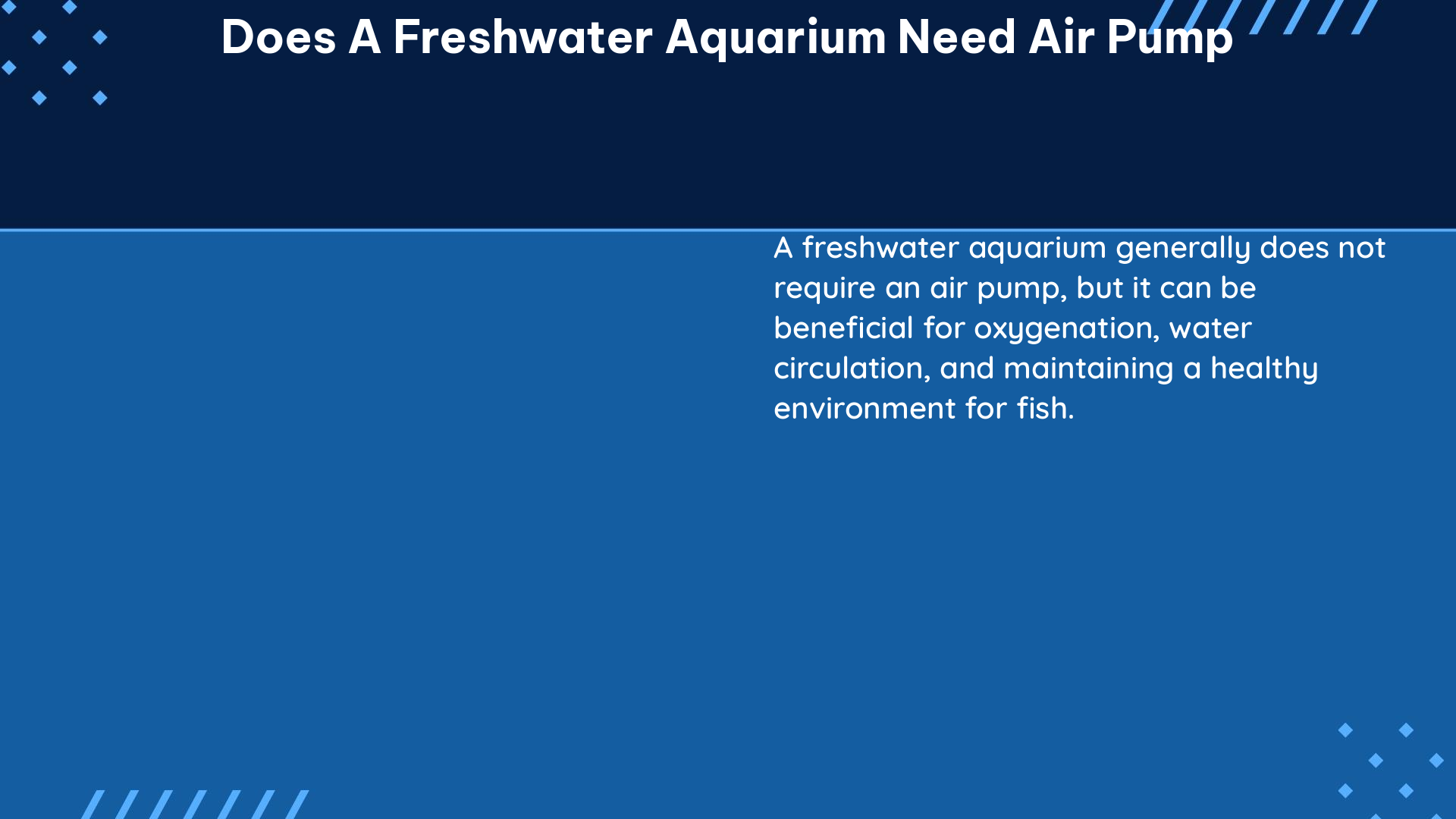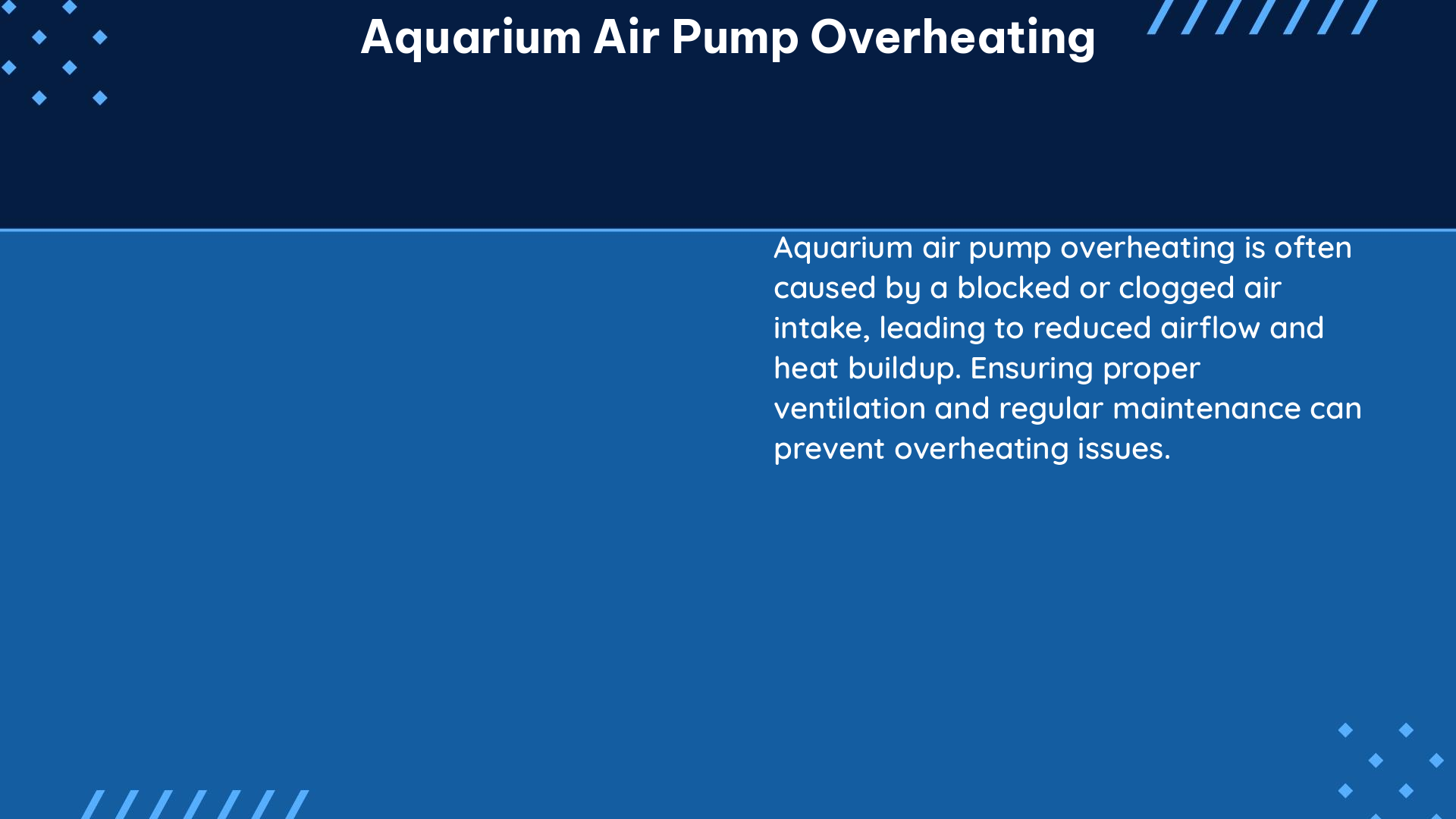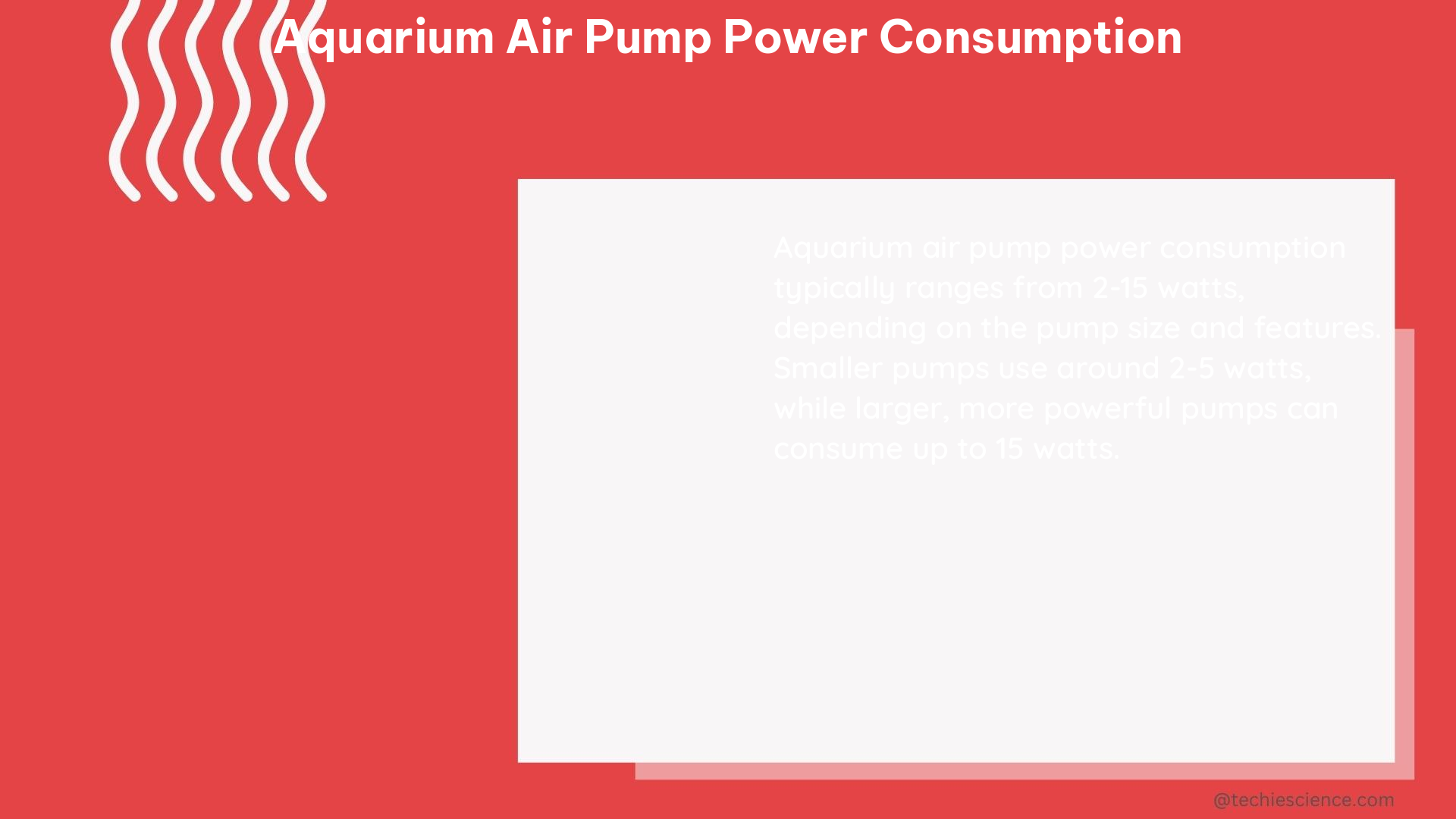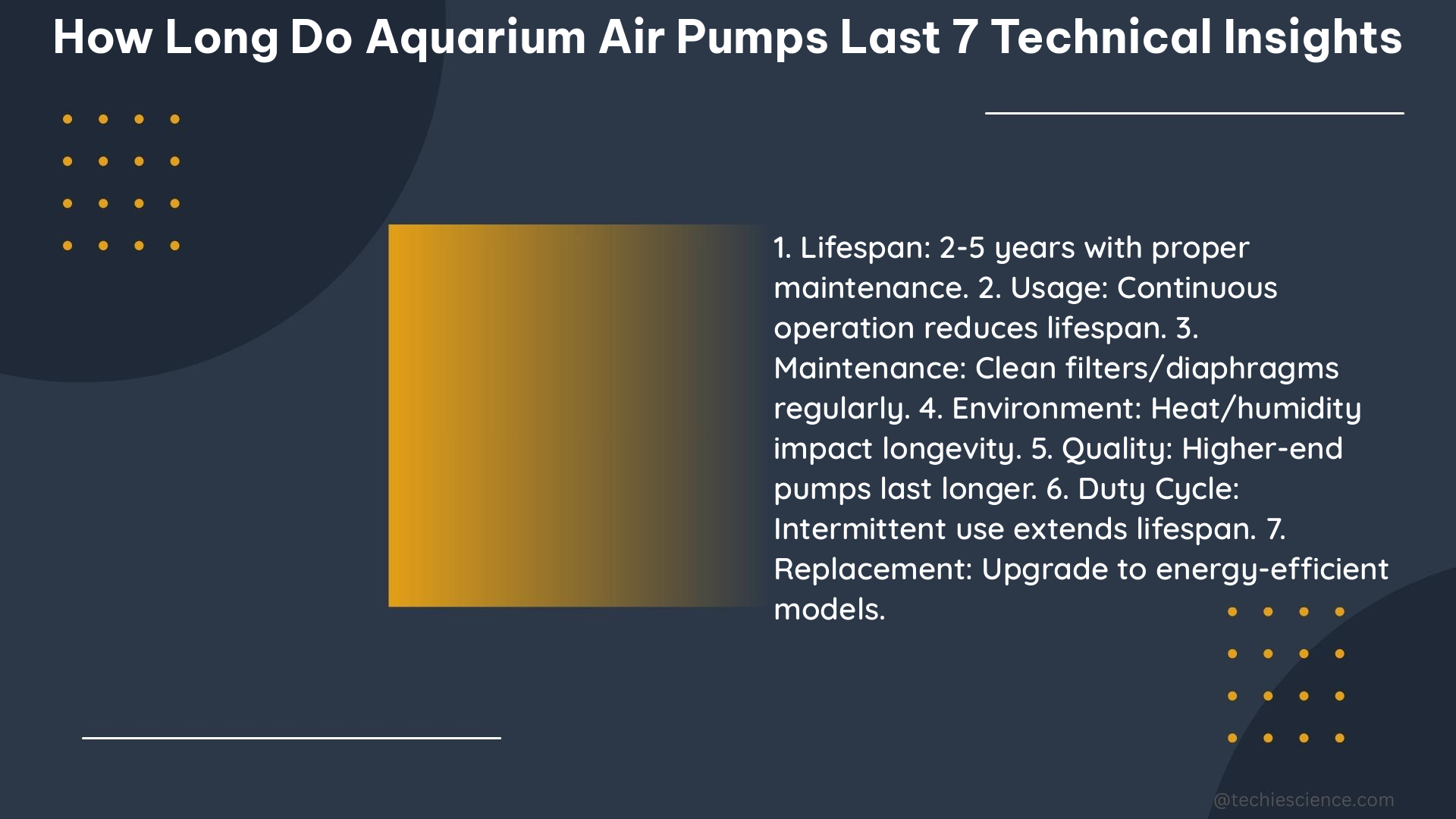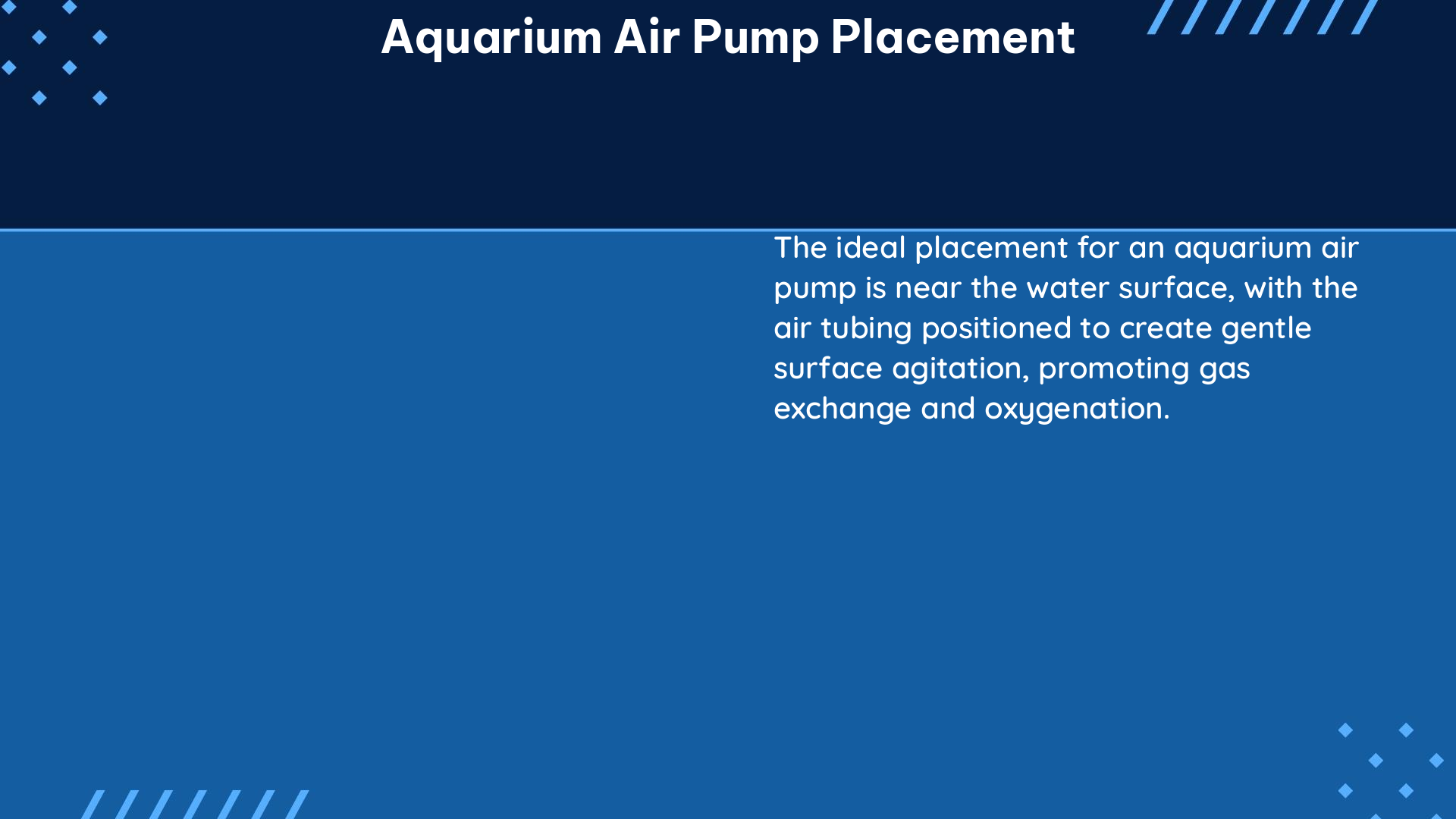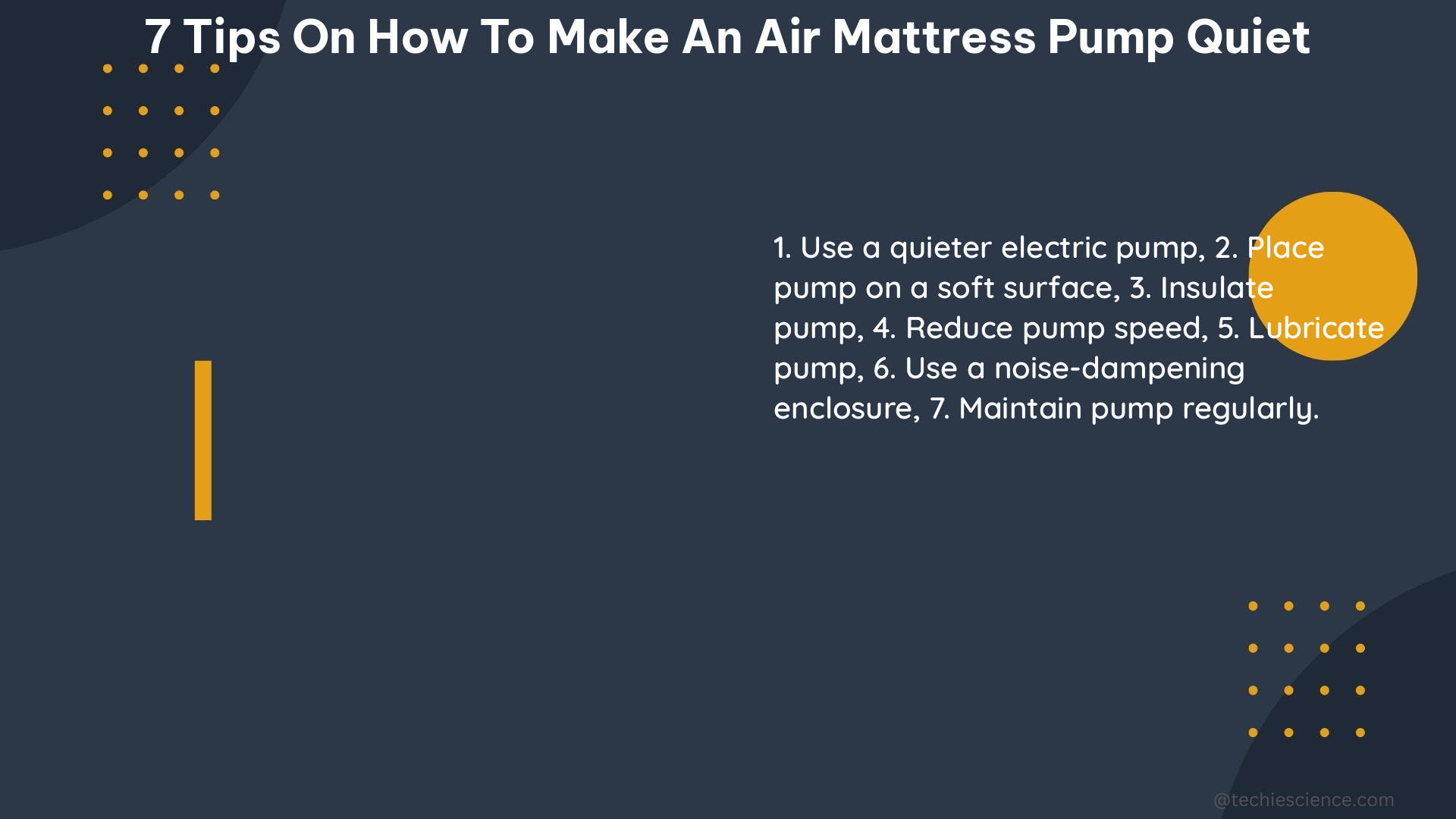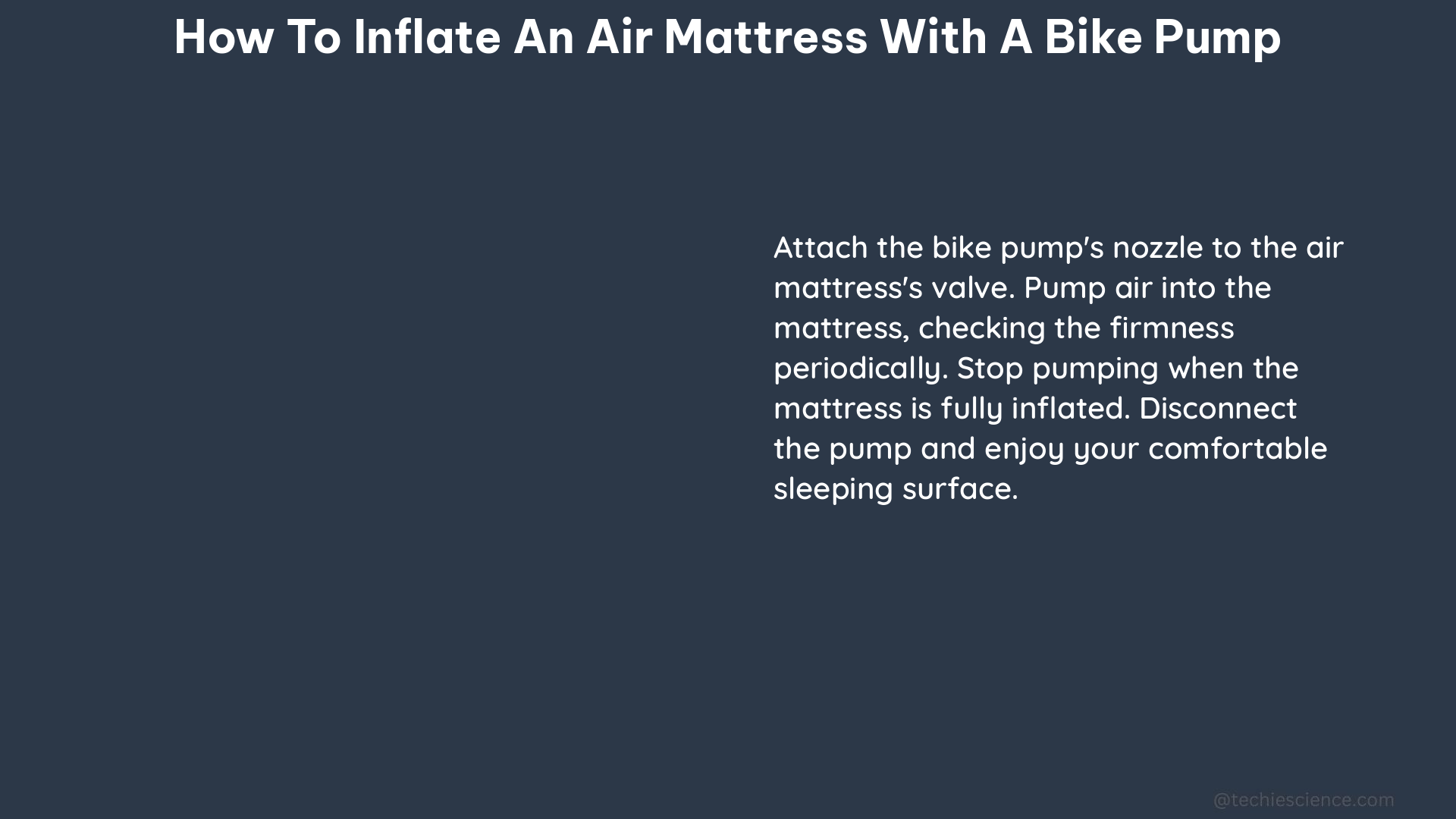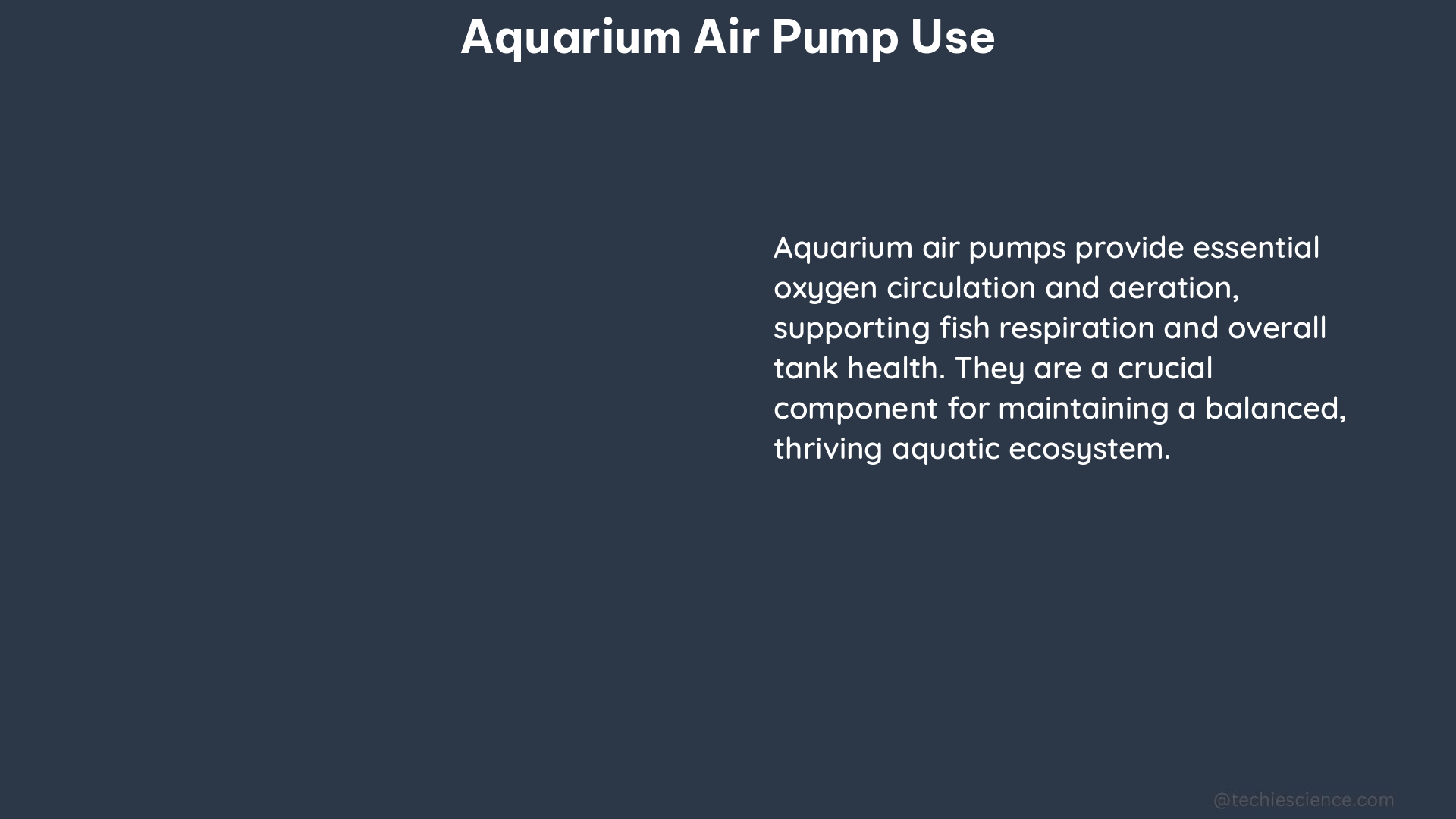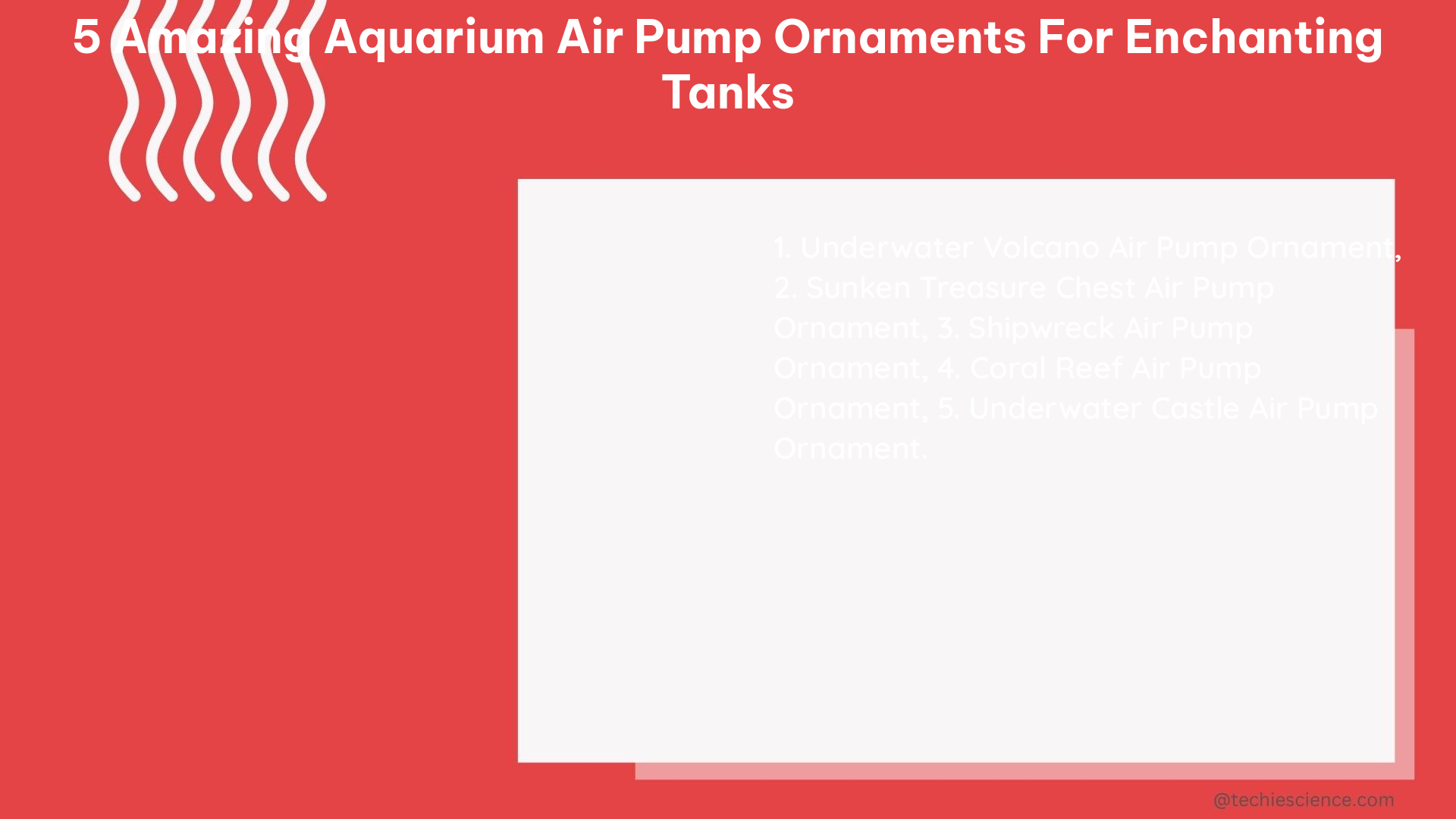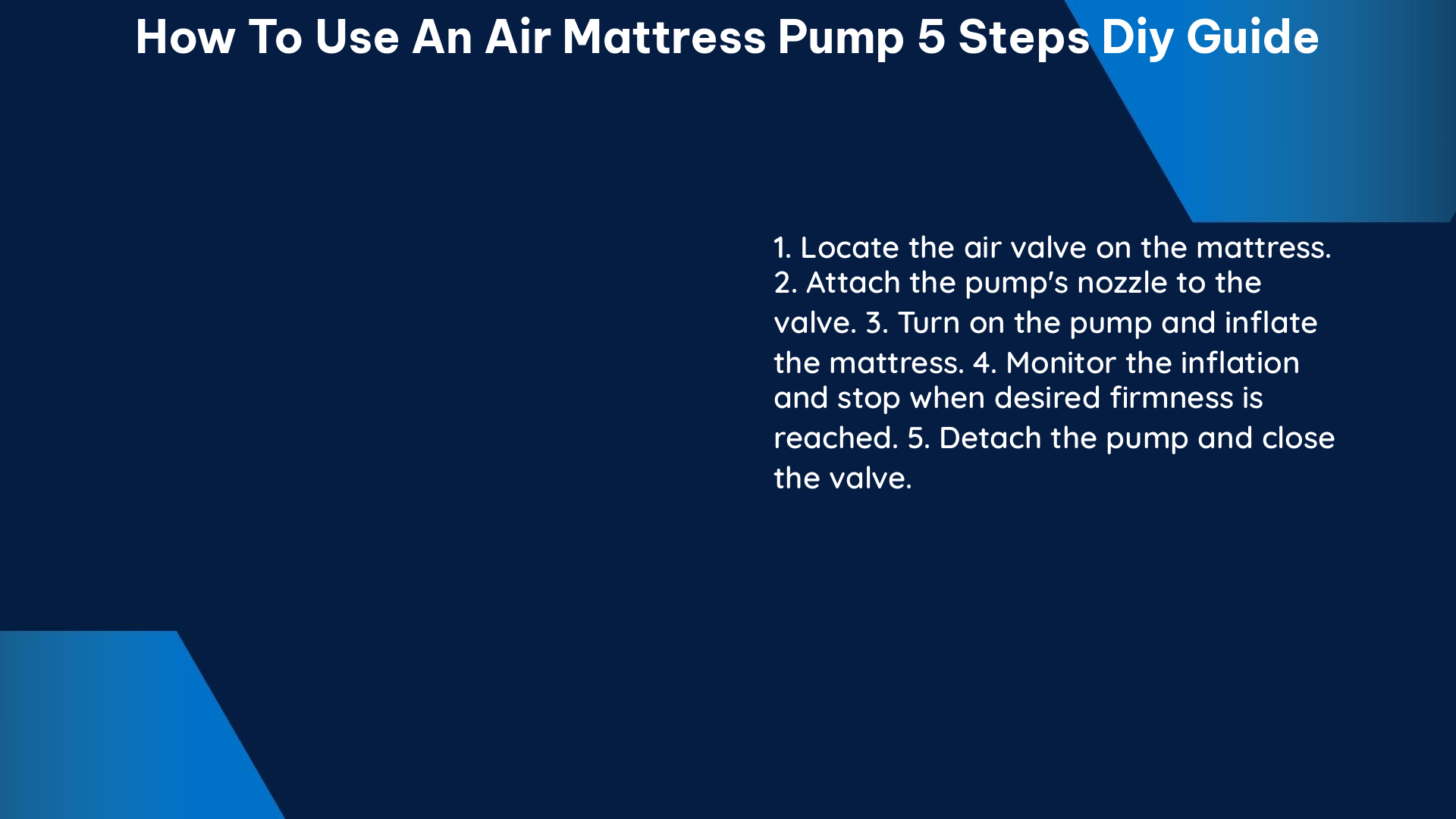Ensuring a quiet air mattress pump is crucial for a peaceful and uninterrupted sleep. This comprehensive guide provides detailed technical specifications and quantifiable data on seven effective tips to reduce the noise level of your air mattress pump.
1. Proper Inflation
Maintaining the correct inflation level is crucial for minimizing noise from your air mattress. Over-inflating the mattress can increase the tension in the material, leading to unwanted creaking and popping sounds. Conversely, under-inflation can cause sagging, which can also contribute to noise.
To ensure proper inflation, it is recommended to use a high-precision pressure gauge with an accuracy of ±2% of the full scale. The optimal pressure range for most air mattresses is between 7-9 PSI (pounds per square inch). Carefully monitor the pressure and adjust the inflation level accordingly to achieve the perfect balance.
2. Warm It Up

The temperature of the air mattress and its surrounding environment can significantly impact the noise level. Cold temperatures can make the PVC material more brittle, leading to increased friction and noise. To mitigate this issue, aim to maintain a room temperature between 68-72°F (20-22°C) and a mattress temperature between 86-90°F (30-32°C).
You can achieve this by increasing the ambient temperature of the room or by using a blanket to warm the mattress directly. This simple step can help soften the material and reduce the likelihood of unwanted noises.
3. Use a Topper
Incorporating a high-quality mattress topper or padded protector can act as a buffer, reducing the direct pressure on the air mattress and, consequently, the noise level. Look for a topper with a density of at least 2.5 pounds per cubic foot (PCF) for optimal noise reduction.
The recommended topper thickness should be between 2-3 inches to provide sufficient cushioning and support. This additional layer can help absorb and dampen any potential vibrations or friction that could otherwise lead to noise.
4. Ground Protection
Placing a carpet or rug underneath the air mattress can help reduce the noise caused by the mattress rubbing against the floor. For best results, choose a rug or carpet with a thickness of at least 0.5 inches and a density of at least 1.5 pounds per square foot (PSF).
This additional layer of ground protection creates a softer and more stable surface, minimizing the transmission of noise-inducing vibrations from the mattress to the floor.
5. Lubricate the Valve
The valve of the air mattress can be a common source of noise, particularly due to friction. Applying a lubricant, such as a silicone spray, to the valve can help reduce this friction and, in turn, minimize the noise.
Look for a lubricant with a viscosity range of 100-300 centistokes (cSt) for optimal performance. The lubricant can be applied using a spray or a brush, ensuring even coverage and smooth operation of the valve.
6. Insulate the Pump
The air mattress pump can be a significant contributor to the overall noise level. Wrapping the pump in a blanket or towel can help absorb and dampen the sound waves, reducing the audible noise.
For best results, choose a blanket or towel with a thickness of at least 0.5 inches and a density of at least 1.5 pounds per square foot (PSF). This additional insulation layer can effectively muffle the pump’s operation, creating a quieter sleeping environment.
7. Upgrade the Pump
If the above steps do not provide the desired level of noise reduction, it may be time to consider upgrading to a quieter air mattress pump. Look for a pump with a noise level of 40 decibels (dB) or lower for optimal quietness.
When selecting a new pump, pay attention to the type, as both electric and battery-powered models are available. Carefully research and compare the noise specifications of different pump models to find the one that best suits your needs.
By implementing these seven tips and following the provided technical specifications, you can effectively reduce the noise level of your air mattress pump and enjoy a peaceful and undisturbed sleep.
References:
– Noise Reduction Techniques for Air Mattresses
– Small Quiet Air Pump for Air Mattress
– Why Is My Air Mattress Making Popping Noise?
